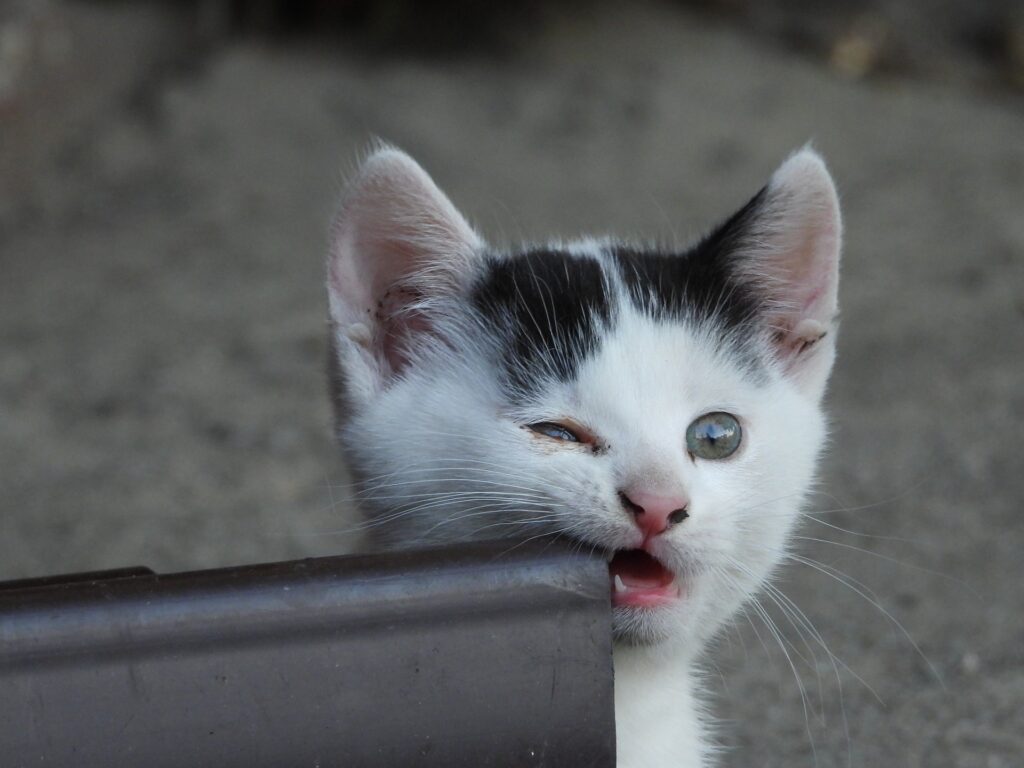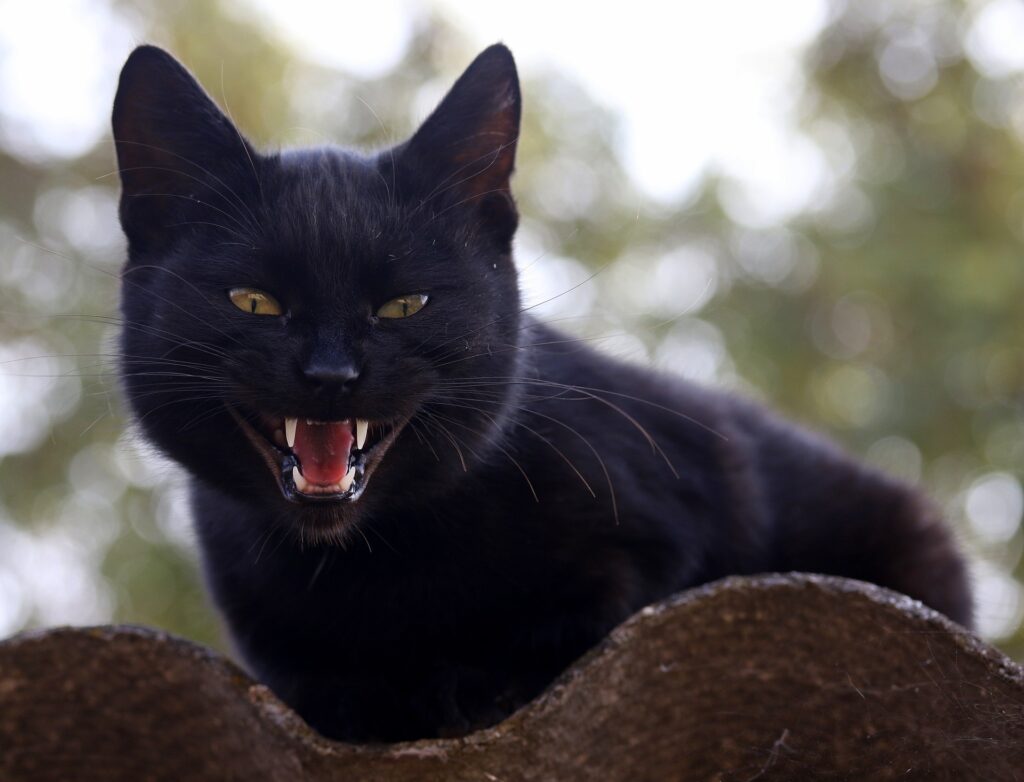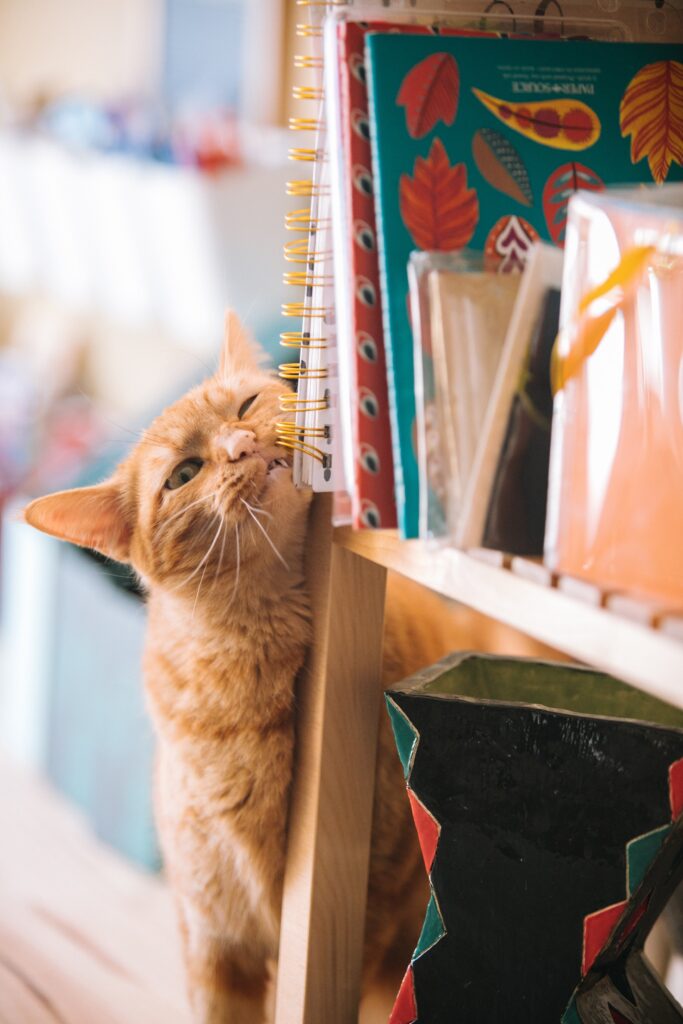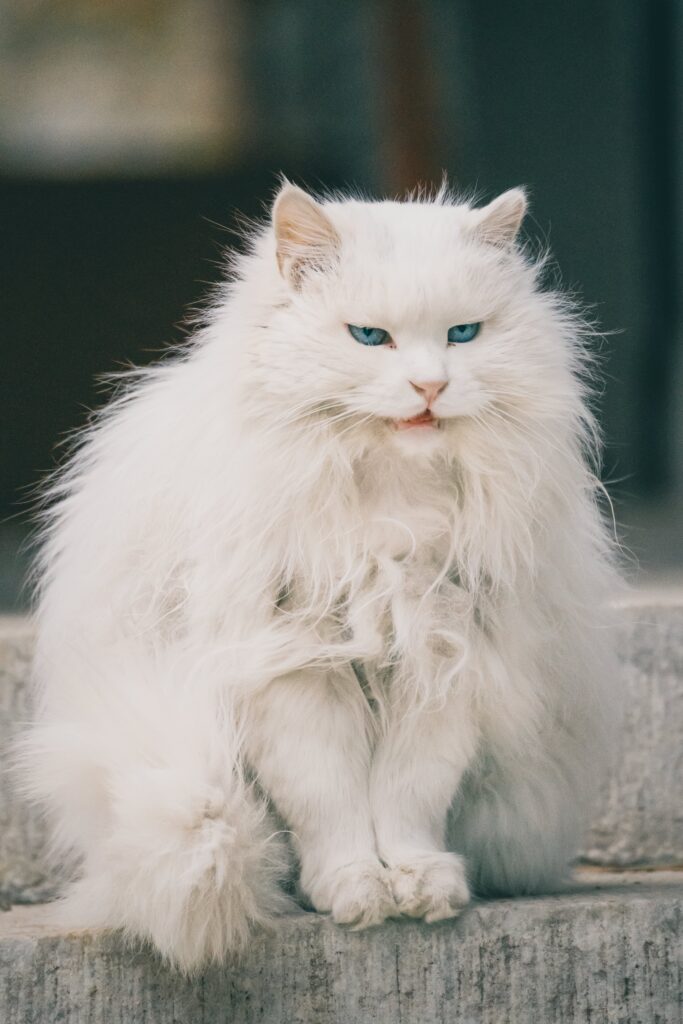Once a behavioral diagnosis has been established in cats, the next critical step involves the development of a tailored therapeutic regimen. It’s a common desire for pet owners to seek a quick and straightforward solution, often hoping for a magic pill or an ultimate fix. However, addressing feline behavior issues is a nuanced process, acknowledging the significant impact of genetics, environment, physiology, and experience.
In the real world, a one-size-fits-all approach rarely suffices. Instead, effective behavior treatments encompass a range of strategies, including drug therapy, behavior modification, client education, and environmental manipulation. A combination of these elements is often necessary for comprehensive and lasting results. Notably, relying solely on drug therapy may prove insufficient in the long term, except in cases where the primary issue is a medical condition, such as hypothyroid aggression.
1. Client Education: Understand Your Cat

One of the fundamental aspects of addressing feline behavior issues lies in educating pet owners about what is normal for their cats. There’s a delicate balance between natural behaviors and what might be considered unacceptable to owners. In our website you can find difference of normal and abnormal.
Normalizing Behaviors: Owners may find certain behaviors, like a cat grooming itself at night, bothersome. Understanding that such behaviors are inherently species-specific can reshape expectations. We guide owners on accepting and adapting to these behaviors rather than attempting to change them.
Alternative Solutions: Instead of trying to alter innate behaviors, offering alternative solutions is key. For instance, if the sound of nightly grooming is an issue, suggesting ways for owners to adapt, like ignoring the noise or creating a separate sleeping space for the cat, can be effective.
Changing the Environment: Education extends to changing the environment to accommodate both the cat’s natural behaviors and the owner’s preferences. This might involve removing tempting targets for clawing or adjusting interaction schedules. Successful behavior modification relies on informed and compliant pet owners.
2. Environmental Modification: Tailoring Spaces for Feline Harmony
Sometimes, behavior challenges stem from the environment. Modifying the surroundings can significantly impact a cat’s behavior and well-being.
Addressing Urine Marking: Understanding the triggers for undesirable behaviors, such as urine marking, allows for targeted environmental modifications. For example, installing blinds, drapes, or shades can minimize visual stimuli that contribute to marking behavior.
Creating a “Cat Room”: Designating a specific room for the cat, with a tiled floor for easy cleaning, can be a lifesaver for cats with inappropriate elimination issues. Altering the environment goes beyond just addressing problems; it creates spaces where cats can thrive.
Perception Shift: Changing the environment not only addresses specific behaviors but also alters the cat’s perception of what is acceptable. It’s a holistic approach that complements other behavior modification strategies.
Harmonious coexistence between cats and their owners involves not just modifying behaviors but also adjusting expectations and environments.
3. Behaviour Modification

Behavior modification is about using what we know about learning to make someone change. We’ll talk more about how cats learn later, but for now, let’s focus on the different ways we can change behavior. It’s not a quick fix, and it can be hard to keep the person motivated. One way is to share progress reports every week, but sometimes, when the problem gets a bit better, people stop the treatment.
Behavior modification is a big part of fixing behavior issues, but it has to be done just right to work. Punishment, which is a negative thing that happens right after a behavior starts, can help stop the behavior from happening again. However, with cats, it’s tricky because if the owner tries to punish, the cat might wait until the owner leaves.
For cats, we can use things like a water sprayer, loud noise, or air sprayer for interactive punishment. Another cool way is remote punishment, where the cat or the owner triggers it. There are tools you can buy, like devices, sticky gadgets, mousetraps, or sensors that activate electric things, making this method even more effective.
To make these punishments work, they need to be strong enough but not too scary, at the right time, and suitable for the situation. Reinforcers, which make a behavior more likely to happen again, can be positive (like treats or petting) or negative (like stopping something bad when the behavior starts). But remember, the reward for negative reinforcement is stopping the bad thing when the behavior begins. Both punishment and reinforcement work best when they happen within 30 seconds of the behavior. So, timing is crucial!
In simple terms, behavior modification is like using a set of tools to help someone change their actions. It’s not always easy, but with the right approach, it can make a big difference.
Behavioral Modification Techniques
Classical Conditioning
Envision your cat acquiring a specific response to a particular cue. For instance, the sound of the front door opening becomes a signal for your cat to eagerly rush, a learned behavior linked to being fed upon your return. Conversely, negative experiences, like a startling loud noise, may lead your cat to associate fear with a person present during that event, fostering lasting apprehension.
Imagine your cat hears a specific sound when you open a can of cat food. Over time, your cat starts associating that sound with a tasty meal, leading it to come running every time it hears the can opener.
Suppose your cat associates the sound of a can opener not only with food but also with playtime. The can opener sound becomes a cue for both a meal and an enjoyable play session, creating a multifaceted positive response.
Operant Conditioning
This method involves utilizing rewards, or reinforcers, to instill desired behaviors in your cat. Think of it as your cat learning to explore the counter and find food through a process of trial and error.
Suppose your cat learns that every time it sits on command, it receives a treat. This process encourages the behavior of sitting, as the cat links the action with a positive outcome.
If your cat learns that using a scratching post results in a tasty treat, it reinforces the scratching behavior. This positive reinforcement encourages the cat to continue using the designated post instead of furniture.
Counterconditioning is the use of learning to replace an unacceptable behavior with an acceptable one that is incompatible. Fear and eating are incompatible, so feeding treats as a fear-inducing stimulus gradually helps the cat dissociate the fear-stressor relation. For example, if a cat becomes afraid of a litterbox because the owner would catch it there to give medication, giving the cat treats near the litterbox can teach that the area is safe again. Counterconditioning is often coupled with desensitization if the cat’s behavior is associated with fear or excessive sensitivity.
If your cat is scared of its carrier, you can associate it with positive experiences by placing treats inside. This helps your cat build a positive association with the carrier, making future trips less stressful.
Imagine your cat is fearful of a particular person. Have that person offer the cat its favorite treats, creating a positive association. Over time, the cat may come to enjoy the person’s company instead of being fearful.
Desensitization is pivotal when your cat exhibits excessive fear or sensitivity to a stimulus. By gradually exposing your cat to the trigger, such as starting with a room containing the vacuum cleaner turned off for a cat afraid of it, and then slowly introducing the sound in small increments, you can help the cat become accustomed to it without fear. Pairing this exposure with positive elements like food can gradually diminish the fear response
For a cat scared of car rides, start by sitting in a stationary car with the engine off. Gradually introduce short rides, increasing the duration as the cat becomes more comfortable with the experience.
Extinction involves ceasing a behavior by eliminating all reinforcers. For example, imagine a cat that meows persistently for attention. If you consistently ignore the meowing, the cat learns that meowing no longer results in the desired attention, leading to a gradual decrease in the behavior. Similarly, consider a cat that paws at the door for outdoor access. If this behavior is consistently ignored, and the door does not open, the cat learns that pawing no longer results in being let outside.
Flooding, while powerful, requires caution. It involves continuous exposure to a fear-inducing stimulus until a marked improvement is observed. For instance, suppose your cat is fearful of new people. In controlled sessions, gradually expose the cat to a group of friends until it relaxes. Each session becomes shorter until the fear diminishes. However, prematurely stopping the sessions can reinforce fear, exacerbating the issue.
If your cat is fearful of grooming, start by gently introducing the brush for short durations. Gradually increase the brushing time until the cat becomes accustomed to the grooming process without fear.
Aversive conditioning employs negative experiences to discourage unwanted behaviors. To deter a cat from scratching furniture, apply double-sided sticky tape to the targeted areas. The unpleasant sensation encourages the cat to associate scratching with discomfort.
To deter a cat from climbing on countertops, strategically place aluminum foil on the surfaces. The unpleasant texture discourages the cat from jumping up due to the aversive association.
Shaping involves rewarding behaviors that naturally align with the desired outcome. The criteria for rewards progressively tighten as your cat masters the foundational behavior, moving towards more specific aspects of the desired outcome.
If you want your cat to learn to jump through a hoop, initially reward any interest in the hoop. Gradually, reward only when the cat gets closer to jumping through, shaping the desired behavior.
If you want your cat to learn to high-five, initially reward any attempt to raise its paw. As the cat becomes more adept, gradually reward only when it raises its paw higher, shaping the behavior into a distinctive high-five.
Successive approximation rewards incremental steps toward a goal.
For a cat hiding under the bed, reward small steps toward coming out, such as peeking from underneath. Gradually, reward closer proximity until the cat feels comfortable being out in the open.
For a cat hesitant to use a new litter box, reward each step closer to investigating it. Gradually reward only when the cat enters the box, fostering a step-by-step approach to acceptance.
Comprehending these techniques equips you to navigate the intricate landscape of cat behavior modification. Patience and consistency stand as paramount virtues on this expedition towards instilling positive changes in your cherished feline companion. Stay tuned for further revelations into the captivating universe of cat training.



